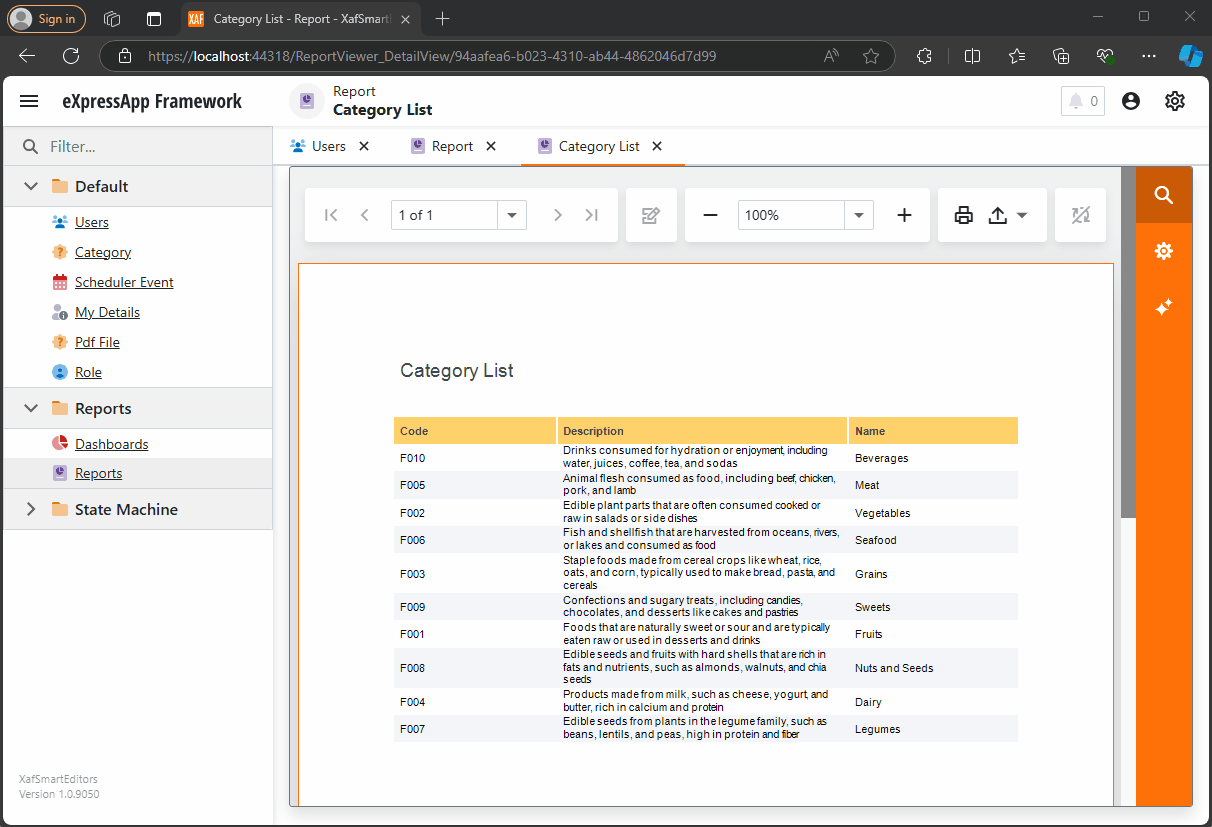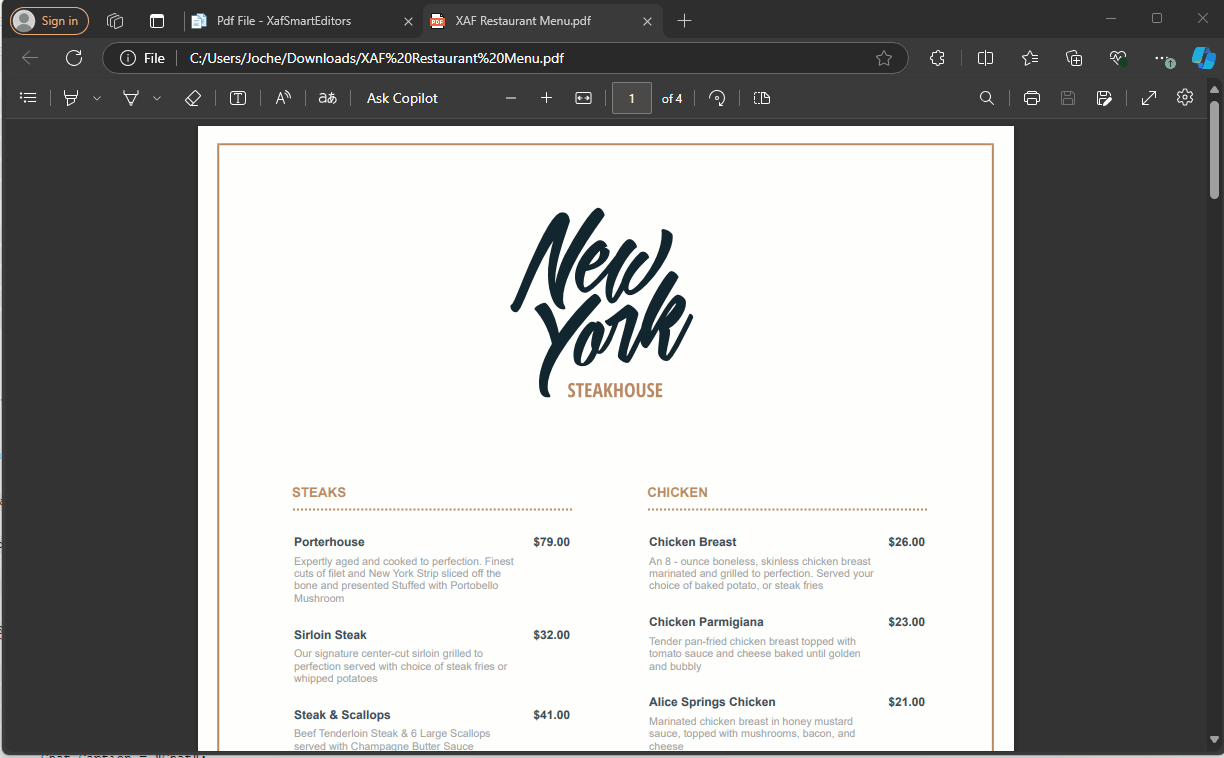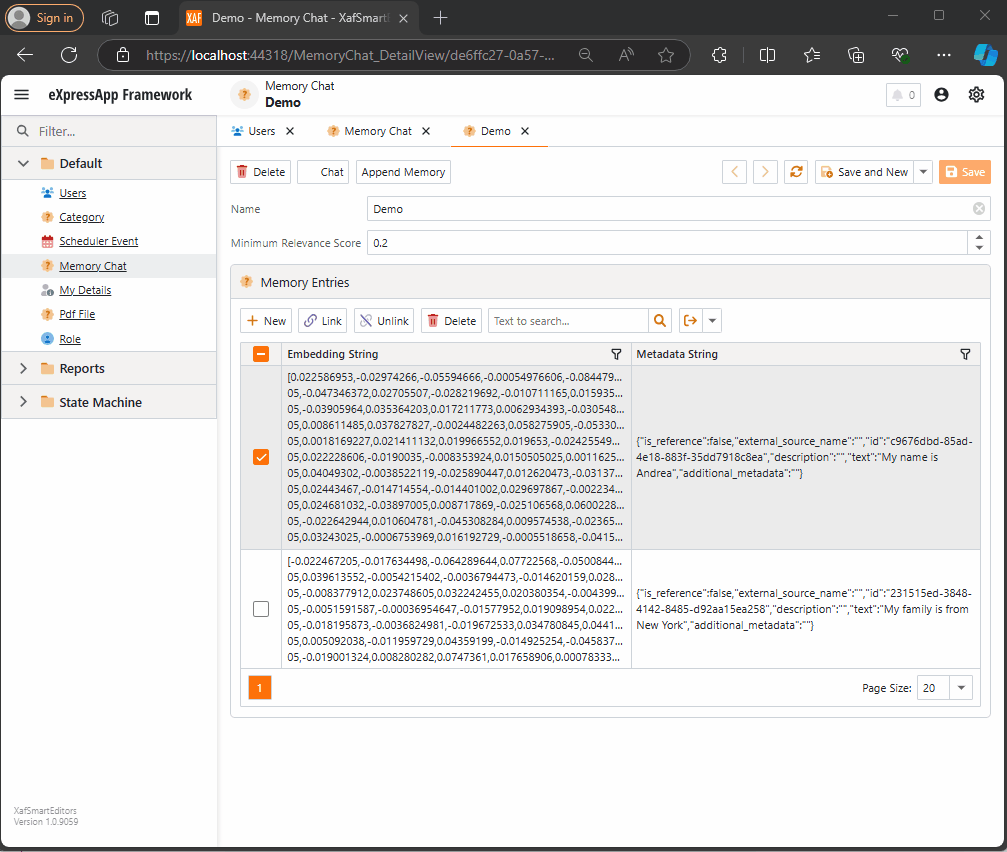Rewriting the XPO Semantic Kernel Memory Store to be Compatible with XAF
This article explores the process of adapting the XPO memory store to work with XAF by rewriting its data layer and making it more flexible for handling embeddings. It introduces the IXpoEntryManager interface to enhance object creation and querying while ensuring compatibility with XAF’s architecture.

AI-Powered XtraReports in XAF: Unlocking DevExpress Enhancements
This blog post explores how to integrate AI-powered enhancements into DevExpress Reporting using Blazor. It walks through the setup process, including NuGet package references and configuring AI behavior for XtraReport. With easy-to-follow steps and code snippets, you’ll learn how to leverage AI features like summarization in your reports effortlessly.

The New Era of Smart Editors: Creating a RAG system using XAF and the new Blazor chat component
This article explores the integration of AI-powered chat functionality into XAF applications using the new DevExpress components. It guides developers through creating a custom property editor, utilizing Retrieval-Augmented Generation (RAG) for enhanced document analysis, and demonstrates how to bridge XAF and Blazor for seamless AI integration in .NET applications.
Integrating DevExpress Chat Component with Semantic Kernel: A Step-by-Step Guide
Integrating DevExpress’s chat component with the Semantic Kernel for AI-powered chat completions is a game-changer. This step-by-step guide shows how to set up an intelligent chat interface using OpenAI and .NET. Learn how to combine these technologies and bring dynamic, context-aware conversations into your applications effortlessly!

Test Driving DevExpress Chat Component
If you're a Blazor developer looking to integrate AI-powered chat functionality into your applications, the new DevExpress DxAIChat component offers a turnkey solution. It's designed to make building chat interfaces as easy as possible, with out-of-the-box support for...




